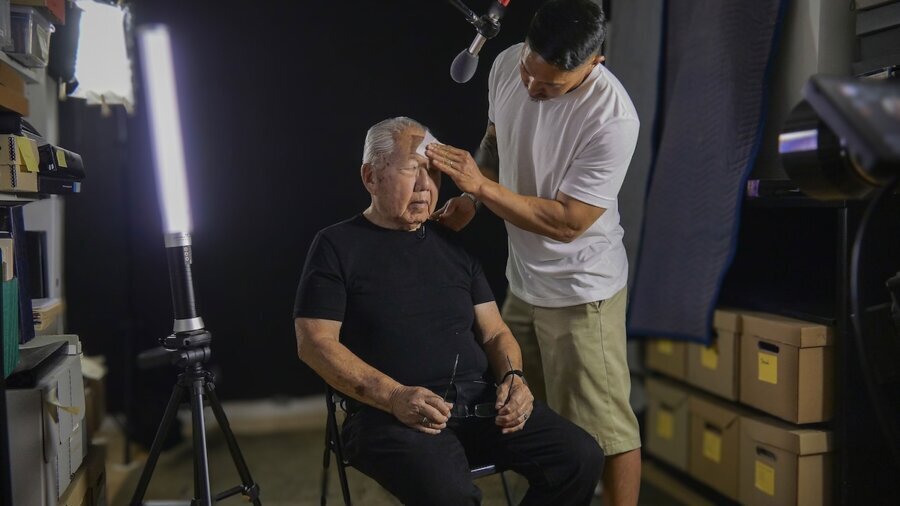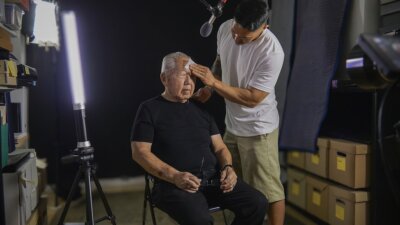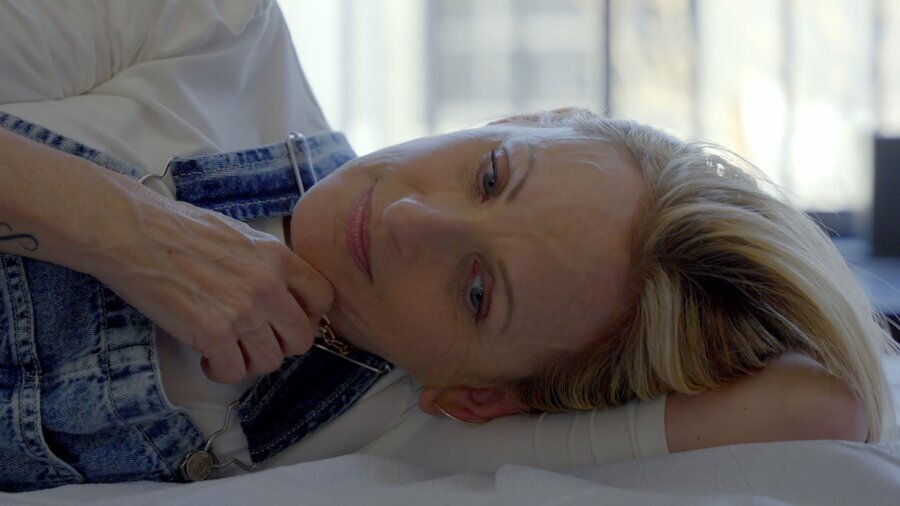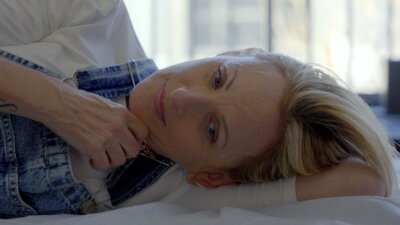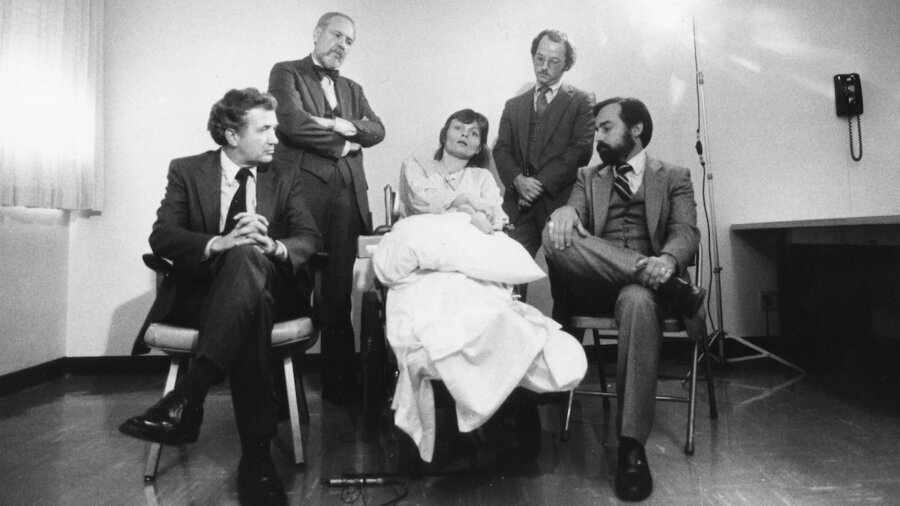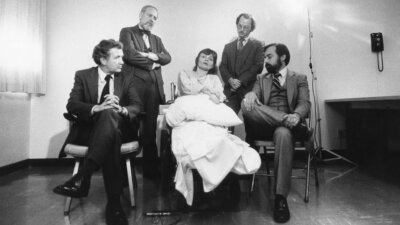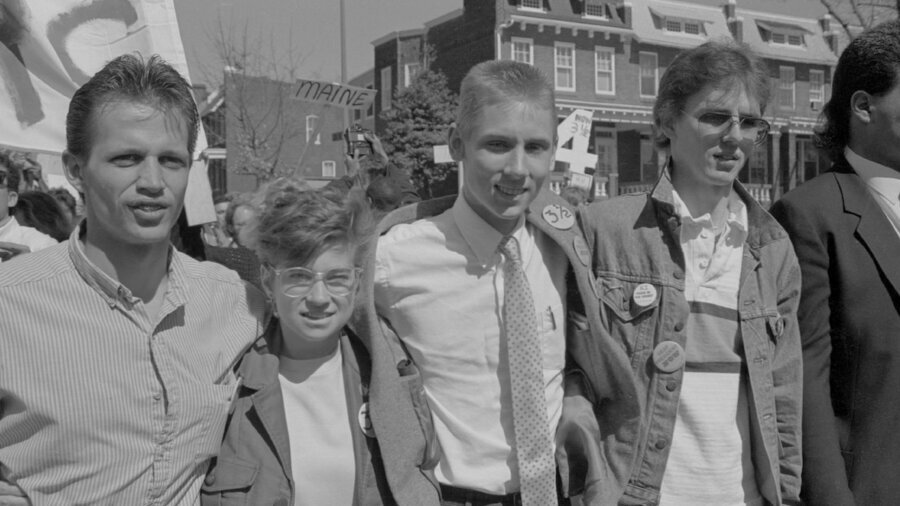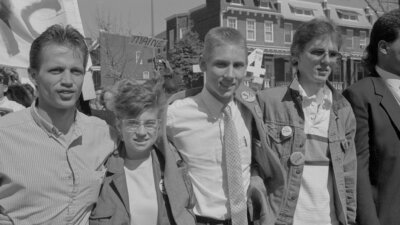Film Takes Home Two Slamdance Awards, Underscoring Relevance of Film Today
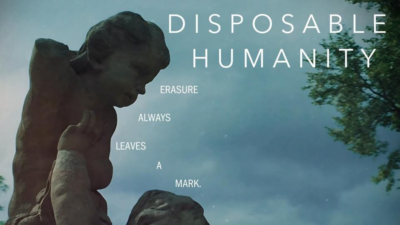 Cameron S. Mitchell’s documentary feature Disposable Humanity premiered during the 2025 Slamdance Film Festival in Los Angeles. This film took home the 2025 Slamdance Unstoppable Feature Honorable Mention as well as a 2025 Audience Award, voted on by Slamdance attendees, underscoring the relevance of the film today.
Cameron S. Mitchell’s documentary feature Disposable Humanity premiered during the 2025 Slamdance Film Festival in Los Angeles. This film took home the 2025 Slamdance Unstoppable Feature Honorable Mention as well as a 2025 Audience Award, voted on by Slamdance attendees, underscoring the relevance of the film today.
Disposable Humanity examines the Nazi-run Aktion T4 program, which began in 1939. By 1945, Nazis had murdered more than 300,000 disabled people. [continue reading…]


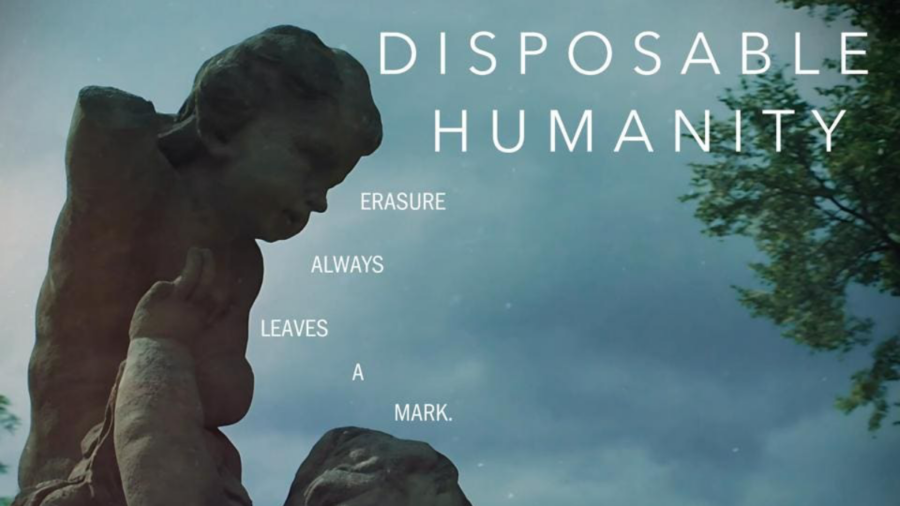
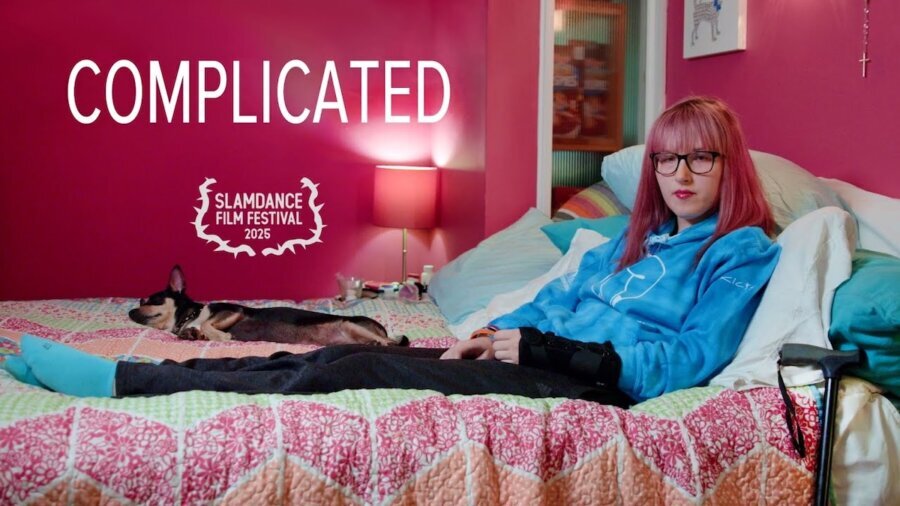
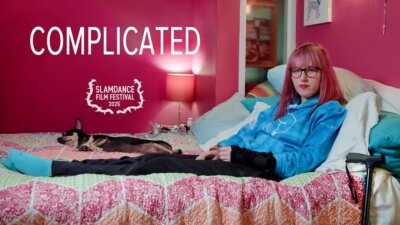 Filmed over the course of seven years,
Filmed over the course of seven years, 
 In 2020, filmmaker and disability advocate Juliet Romeo reached out to Slamdance Film Festival co-founder Peter Baxter, stressing the need for a program by and for disabled filmmakers. Conversations turned to action, and Slamdance Unstoppable was born. In 2021, Slamdance featured a showcase of disability-inclusive short films at its virtual festival, and by 2023, Slamdance Unstoppable had grown to include short and feature films, screening both in-person and virtually.
In 2020, filmmaker and disability advocate Juliet Romeo reached out to Slamdance Film Festival co-founder Peter Baxter, stressing the need for a program by and for disabled filmmakers. Conversations turned to action, and Slamdance Unstoppable was born. In 2021, Slamdance featured a showcase of disability-inclusive short films at its virtual festival, and by 2023, Slamdance Unstoppable had grown to include short and feature films, screening both in-person and virtually.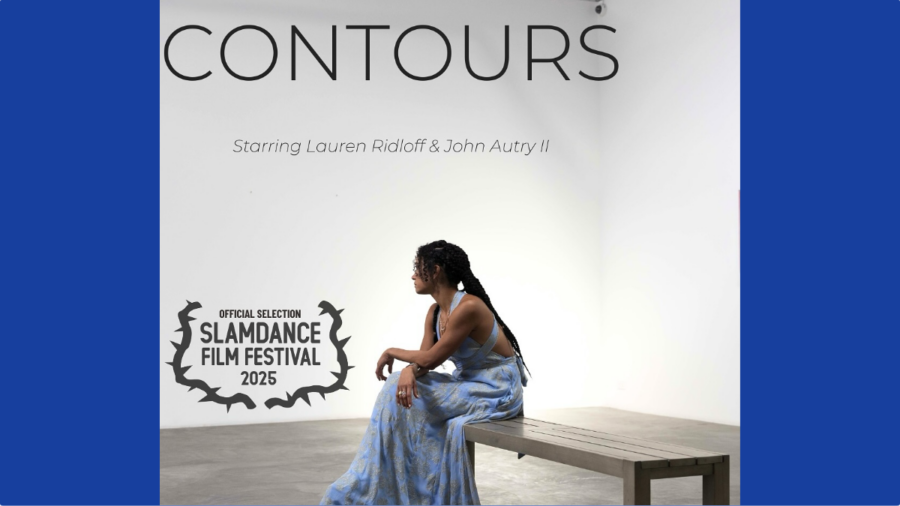
 Expertly crafted by a seasoned team of trailblazers comes
Expertly crafted by a seasoned team of trailblazers comes 
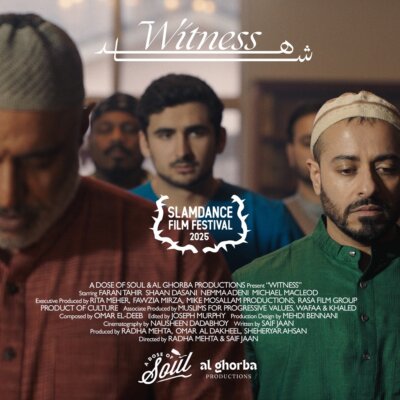 The short film
The short film 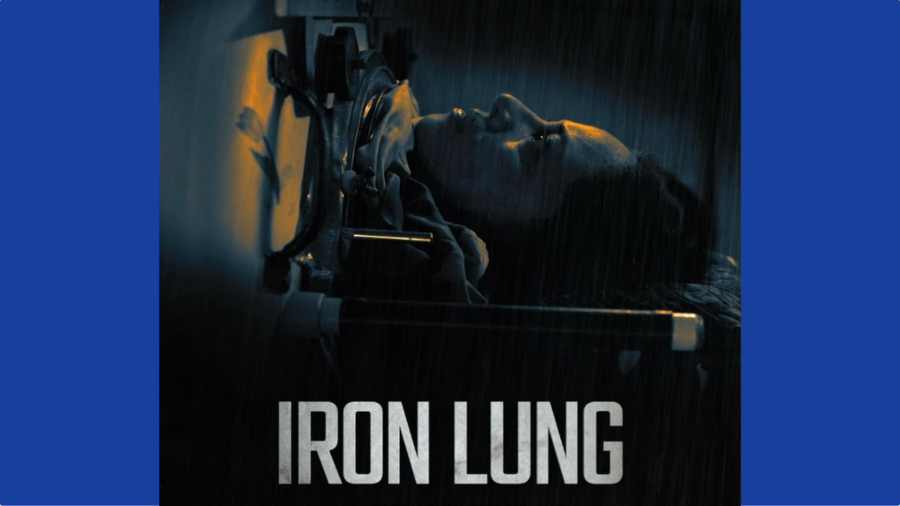
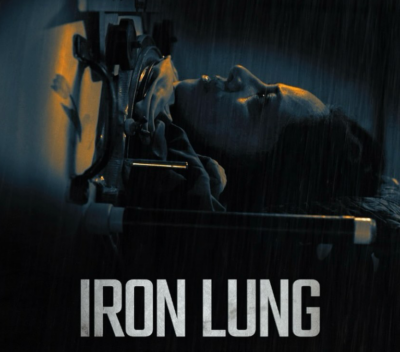 Polio. Iron lungs. These one-time commonalities from a bygone era play a central role in Director Andrew Reid’s short film, Iron Lung.
Polio. Iron lungs. These one-time commonalities from a bygone era play a central role in Director Andrew Reid’s short film, Iron Lung.